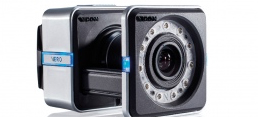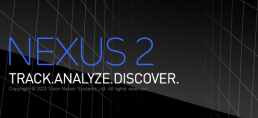Institute of Movement and Neurosciences
The goal of our research group is to understand the interaction between the biomechanics of the musculoskeletal system and the control of movement by the neural system in everyday and sports activities. The knowledge gained will help facilitate effective interventions and adaptive assistive systems that address individuals’ needs to restore or improve their ability to move at home, at work, or in sports. In vivo measurement techniques to analyze muscle and tendon properties and their functionality based on ultrasound have been established and complement the classical methods of motion analysis (3D inverse dynamics, EMG, 3D inverse kinematics). Research projects in elite sports, child and adolescent development, space (e.g. SarcoLab3, Myotones, CerISS, MoLo1, MoLo2), Robotics (e.g. RoboGym) and clinical application are realized with national (e.g. BEC, KUKA, DLR, RWTH Aachen, Charite Berlin, KIT Karlsruhe) and international partners (e.g. ESA, NASA, University of Bath, Padua, Milan, King’s College London).




